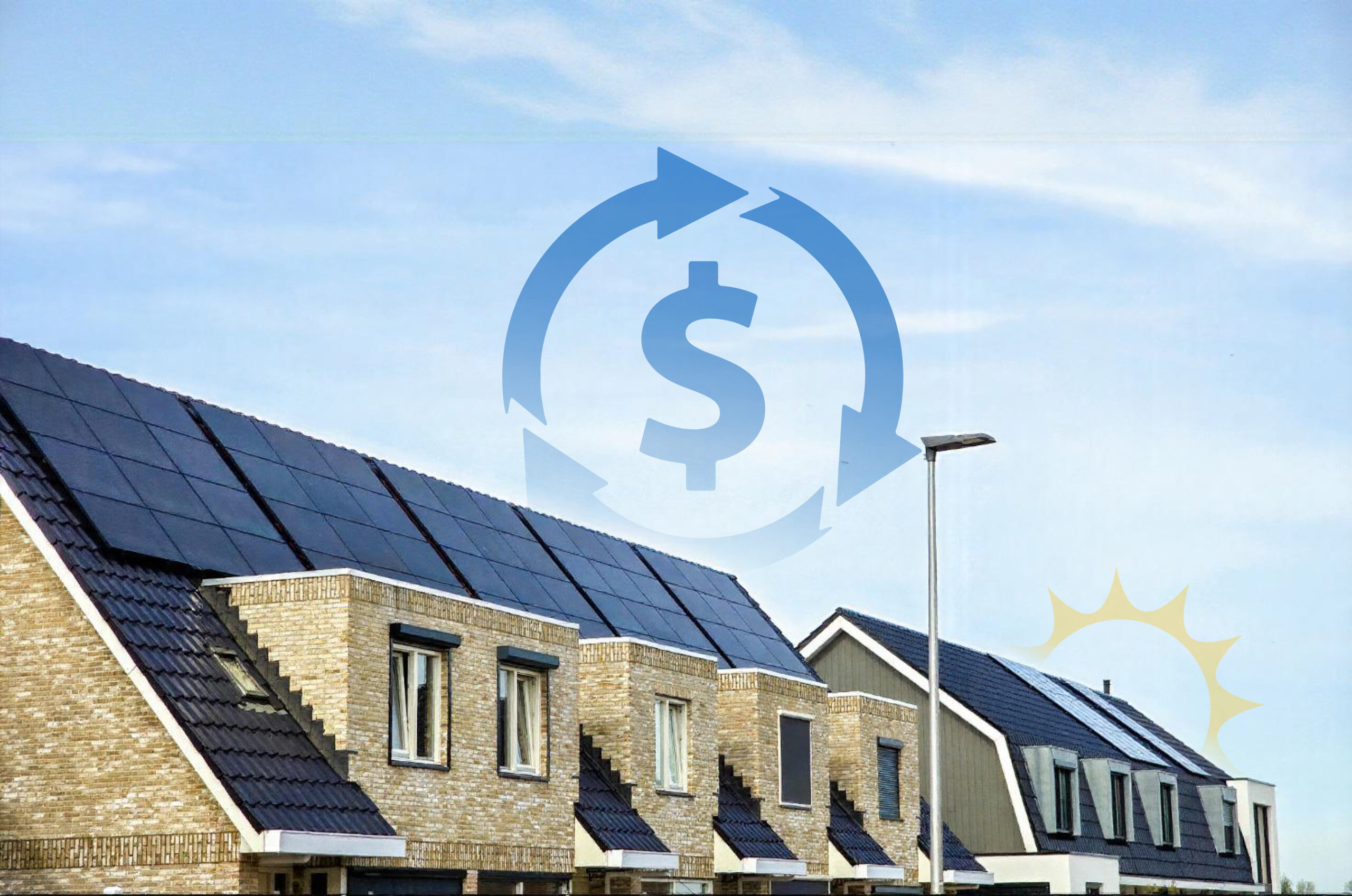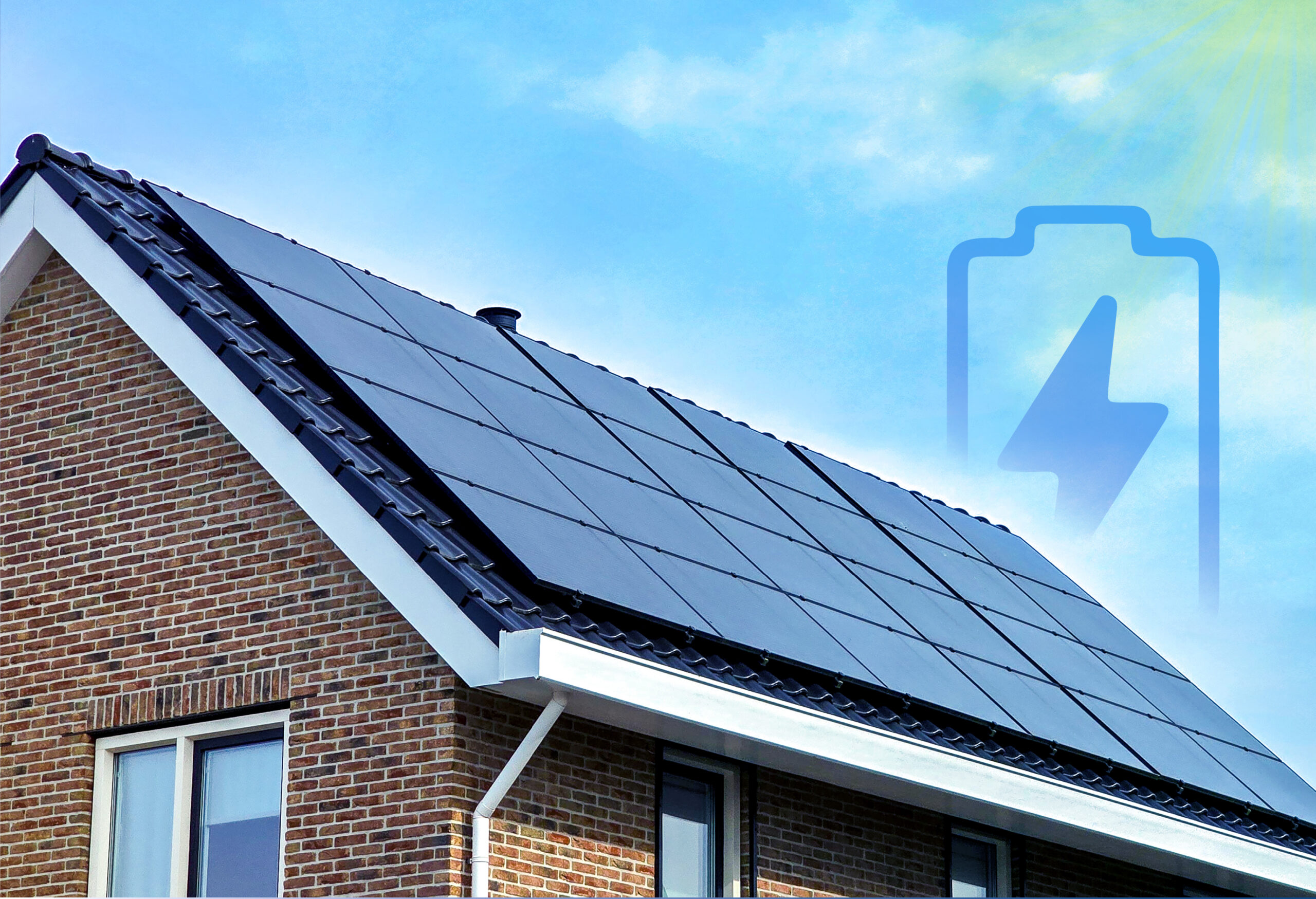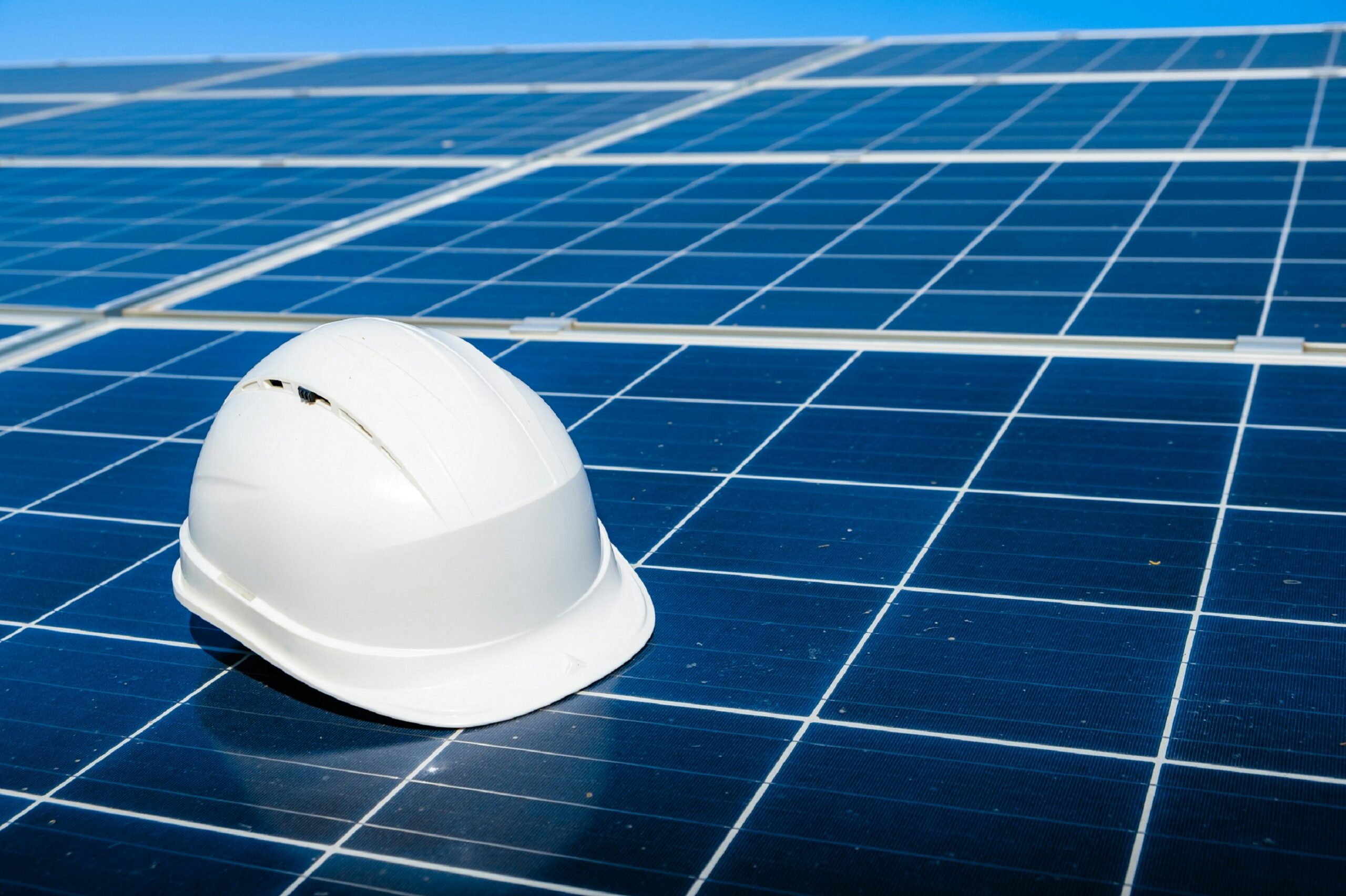Author: Mariela Guanchez
When you imagine installing solar panels, the price tag might look large. But across Canada, a web of solar energy tax credits, rebates, and net metering perks can slice that cost significantly. Welcome to your comprehensive guide on how to spot, combine, and claim these financial goodies—making your solar journey with Atlantic Solar both budget-friendly and deeply rewarding.
The Foundation: Federal Incentives
The Canada Greener Homes initiative stands out among national programs, offering a 0% interest loan up to $40,000 for energy-efficiency upgrades, including solar. While not strictly called a “tax credit,” it functions similarly by reducing or deferring your costs. Some propose new legislation for direct tax breaks, but for now, the combination of grants and loans is a robust alternative.
Provincial Rebates and The Art of Stacking
Many provinces, from Nova Scotia’s SolarHomes to Alberta’s Municipal Climate Change Action Center grants, offer additional rebates. If you qualify, some programs allow you to “stack” these with federal supports:
- Example: If your system costs $25,000, you might snag $3,000 from a provincial rebate, then cover the rest with a zero-interest loan. This synergy often means a lower monthly outlay than your old utility bill.
Tax Credits vs. Rebates: Sorting the Terms
While Canada doesn’t always frame them as “tax credits” in the American sense, the effect is similar. Some provinces or municipalities reduce property taxes or offer credit-like incentives. The key is looking for any program that effectively lowers your net cost—whether they label it a rebate, a grant, or a credit.
Applying for These Incentives: Best Practices
- a) Home Energy Assessment:
- Most programs demand an audit before and after. Schedule it early so you can be “pre-approved.”
- b) Certified Installer:
- Government sites usually list recognized companies. Atlantic Solar, for instance, meets the criteria, ensuring you remain eligible.
- c) Tidy Documentation:
- Keep your receipts, contractor quotes, and application forms all in one place. If an incentive official calls, you’ll be ready.
Net Metering: The Hidden Extra “Credit”
Beyond these formal incentives, net metering is your day-to-day reward. Overproduce on sunny days, feed the grid, and offset your nighttime consumption. It’s as if you get credit for your power at the same price you’d pay to buy it. Over months, this can drastically reduce your utility bill—another form of “credit” that accelerates your payback.
Shortening Your Payback Period
Combine these elements—federal support, provincial rebates, net metering—and your payback can land in the 7–10 year range for many Canadian homes. Some see an even quicker payoff, especially if electricity rates keep rising. After crossing that threshold, you’re reaping effectively free solar energy for 15+ additional years.
Consider the Environmental Payoff
Beyond the financial side, these incentives reflect Canada’s push to reduce carbon emissions. By adopting solar, you join a national mission, cutting reliance on fossil fuels. The government, in turn, rewards you for that environmental contribution through these programs. It’s a two-way street: you get cheaper energy, they inch closer to climate targets.
Working with Atlantic Solar
If you’re not sure where to start, that’s where Atlantic Solar can guide you. We keep up-to-date on the latest programs, deadlines, and forms. Our team can outline the exact steps to secure each incentive and ensure your installation meets all criteria. From initial design to final paperwork, we make it easy for you to tap these solar energy tax credits.
Conclusion
Between federal grants, provincial rebates, and net metering, Canadians have a buffet of ways to cut down solar costs. The main challenge is simply understanding which programs you qualify for and how to combine them effectively. With a bit of planning—and a supportive installer—your solar dream can become a financially-savvy reality, fueling your home with clean, cost-effective energy for decades.






















